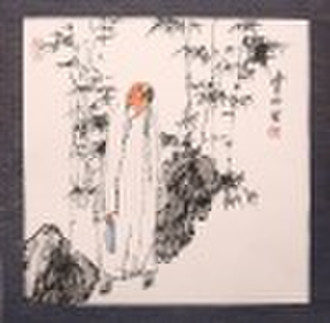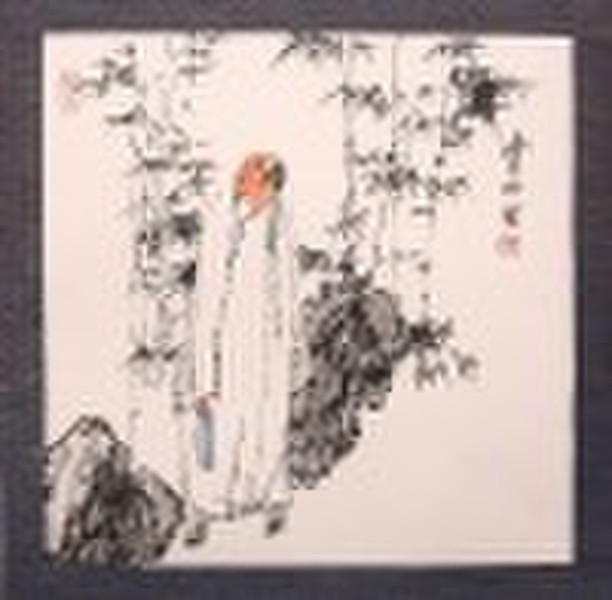Catalog
-
Catalog
- Agriculture
- Apparel
- Automobiles & Motorcycles
- Beauty & Personal Care
- Business Services
- Chemicals
- Construction & Real Estate
- Consumer Electronics
- Electrical Equipment & Supplies
- Electronic Components & Supplies
- Energy
- Environment
- Excess Inventory
- Fashion Accessories
- Food & Beverage
- Furniture
- Gifts & Crafts
- Hardware
- Health & Medical
- Home & Garden
- Home Appliances
- Lights & Lighting
- Luggage, Bags & Cases
- Machinery, Hardware & Tools
- Measurement & Analysis Instruments
- Mechanical Parts & Fabrication Services
- Minerals & Metallurgy
- Office & School Supplies
- Packaging & Printing
- Rubber & Plastics
- Security & Protection
- Service Equipment
- Shoes & Accessories
- Sports & Entertainment
- Telecommunications
- Textiles & Leather Products
- Timepieces, Jewelry, Eyewear
- Tools
- Toys & Hobbies
- Transportation
Filters
Search
Bamboo Garden
original price: 12,99 USD
China
Production capacity:
10 Piece

James Chen
Contact person
Basic Information
Wash painting developed in during the (618-907). is generally credited as the painter who applied color to existing ink and wash paintings. The art was further developed into a more polished style during the (960-1279). It was introduced to Korea shortly after China's discovery of the ink. Then, the Korean missionaries in Japan, in helping the Japanese establish a civilized settlement introduced it to in the mid-14th century. The goal of ink and wash is not simply to reproduce the appearance of the subject, but to capture its soul. To paint a horse, the artist must understand its temperament better than its muscles and bones. To paint a flower, there is no need to perfectly match its petals and colors, but it is essential to convey its liveliness and fragrance. Oriental shui-mo may be regarded as an earliest form of expressionistic art that captures the unseen. In wash paintings, as in , artists usually grind their own over an to obtain , but prepared inks are also available. Most inksticks are made of either or combined with . An artist puts a few drops of water on an inkstone and grinds the inkstick in a circular motion until a smooth, black ink of the desired concentration is made. Prepared inks are usually of much lower quality. Wash painting are similar to the brushes used for calligraphy and are traditionally made from with , , , , , , , , or hair. The brush hairs are tapered to a fine point, a feature vital to the style of wash paintings. Once a stroke is painted, it cannot be changed or erased. This makes ink and wash painting a technically demanding art-form requiring great skill, concentration, and years of training
Delivery terms and packaging
Packaging Detail: Paked in paper boxes. Delivery Detail: in one week
Payment term
Western Union
-
Payment Methods
We accept:









